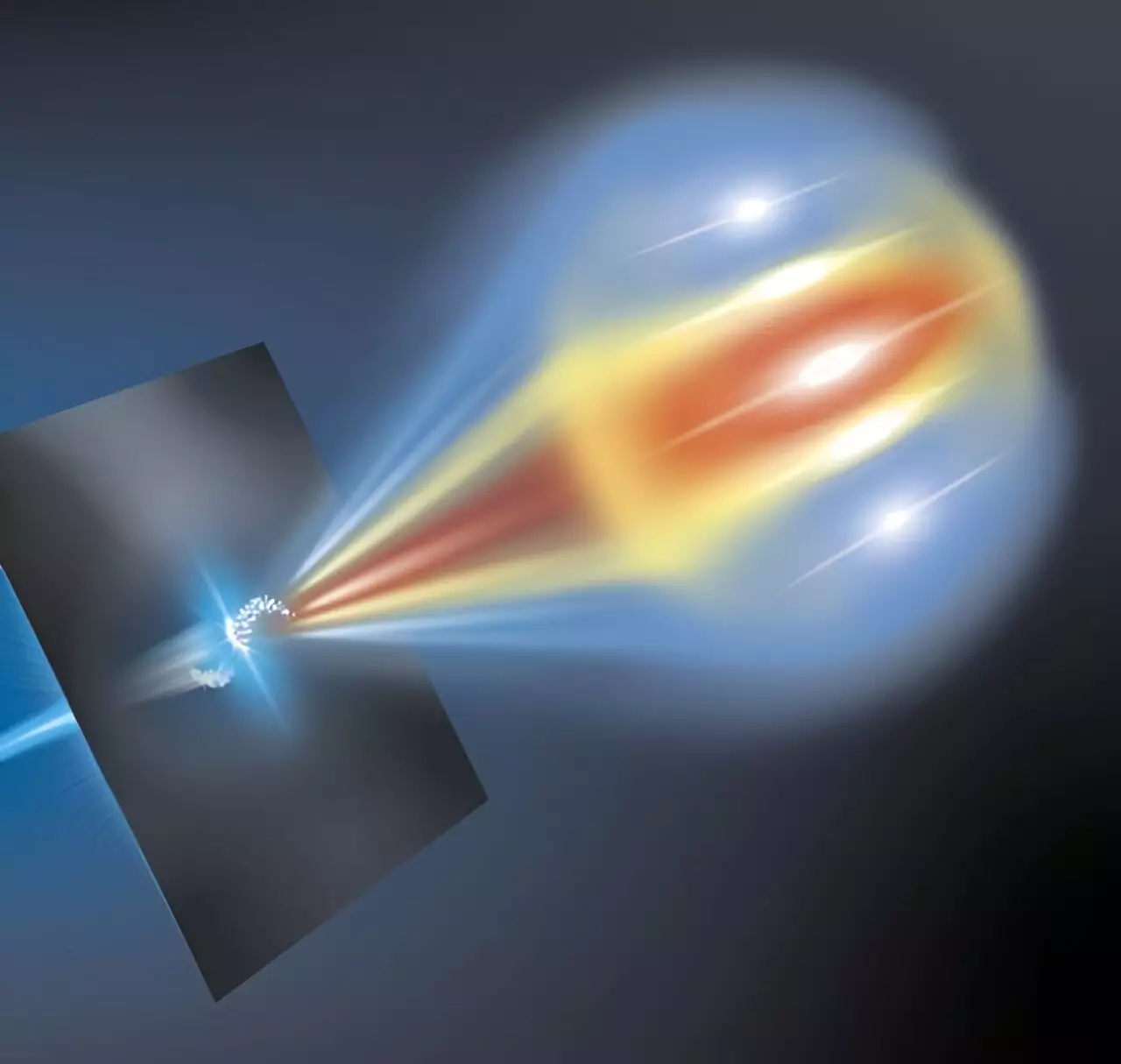Laser-plasma accelerators have emerged as a game-changer in the world of particle physics. Unlike traditional facilities that span kilometers in length, these compact sources can efficiently accelerate electron bunches to produce X-ray lasers that can be housed in university basements. The key advantage lies in their ability to accelerate particles in a fraction of the space required by conventional setups, paving the way for groundbreaking advancements in X-ray technology.
One of the primary hurdles in laser-plasma acceleration is the precise measurement of electron bunches required to produce UV or X-ray light. The intricacies of bundling electrons and defining their properties have posed significant challenges in the past. However, a breakthrough has been achieved by a team at Helmholtz-Zentrum Dresden-Rossendorf (HZDR) through the development of a novel measuring method. This innovation is set to drive the future progress of laser-plasma acceleration by enabling researchers to gain a deeper understanding of electron bunch characteristics.
In laser-plasma acceleration, a laser generates intense light pulses that ionize a gas, creating a plasma consisting of electrons and ions. By injecting electrons into the electrically charged “bubble” created by the laser pulse, it is possible to accelerate them to high speeds over short distances. This process, which requires only a few centimeters, can rival the performance of conventional accelerators that span hundreds of meters. The potential applications of this technology, such as free electron lasers (FELs), hold immense promise for advancing research in various fields.
Free electron lasers (FELs) represent a cutting-edge application of laser-plasma accelerators, where electron bunches are guided through an undulator to generate powerful X-ray or UV flashes. These high-energy beams are instrumental in studying rapid processes like chemical reactions with unprecedented detail. While existing FEL facilities are based on conventional linear accelerators, the transition to laser-plasma accelerators could revolutionize the field by making such technology more accessible and cost-effective to a wider range of research teams.
Significant progress has already been made in adapting laser-plasma accelerators for FEL applications. Research groups in Shanghai, Frascati, and HZDR have demonstrated the feasibility of implementing FELs based on plasma accelerators. However, key research questions remain unanswered, such as enhancing the quality and stability of accelerated electron bunches and developing new diagnostic methods for precise analysis. A collaborative effort is underway to address these challenges and pave the way for the next generation of laser-plasma accelerators.
The latest innovation from HZDR involves a groundbreaking measuring procedure developed by Dr. Maxwell LaBerge for analyzing ultra-short electron bunches. By directing the electron bunches onto a thin metal foil, researchers can capture signals emitted by the electrons as they interact with the surface. This Coherent Optical Transition Radiation (COTR) technique enables the precise reconstruction of electron bunch characteristics, offering insights into different injection methods and their impact on electron bunch formation. Ultimately, this innovative measuring method holds the key to enhancing control over electron bunches and optimizing the performance of FELs through brighter and more stable light output.


Leave a Reply